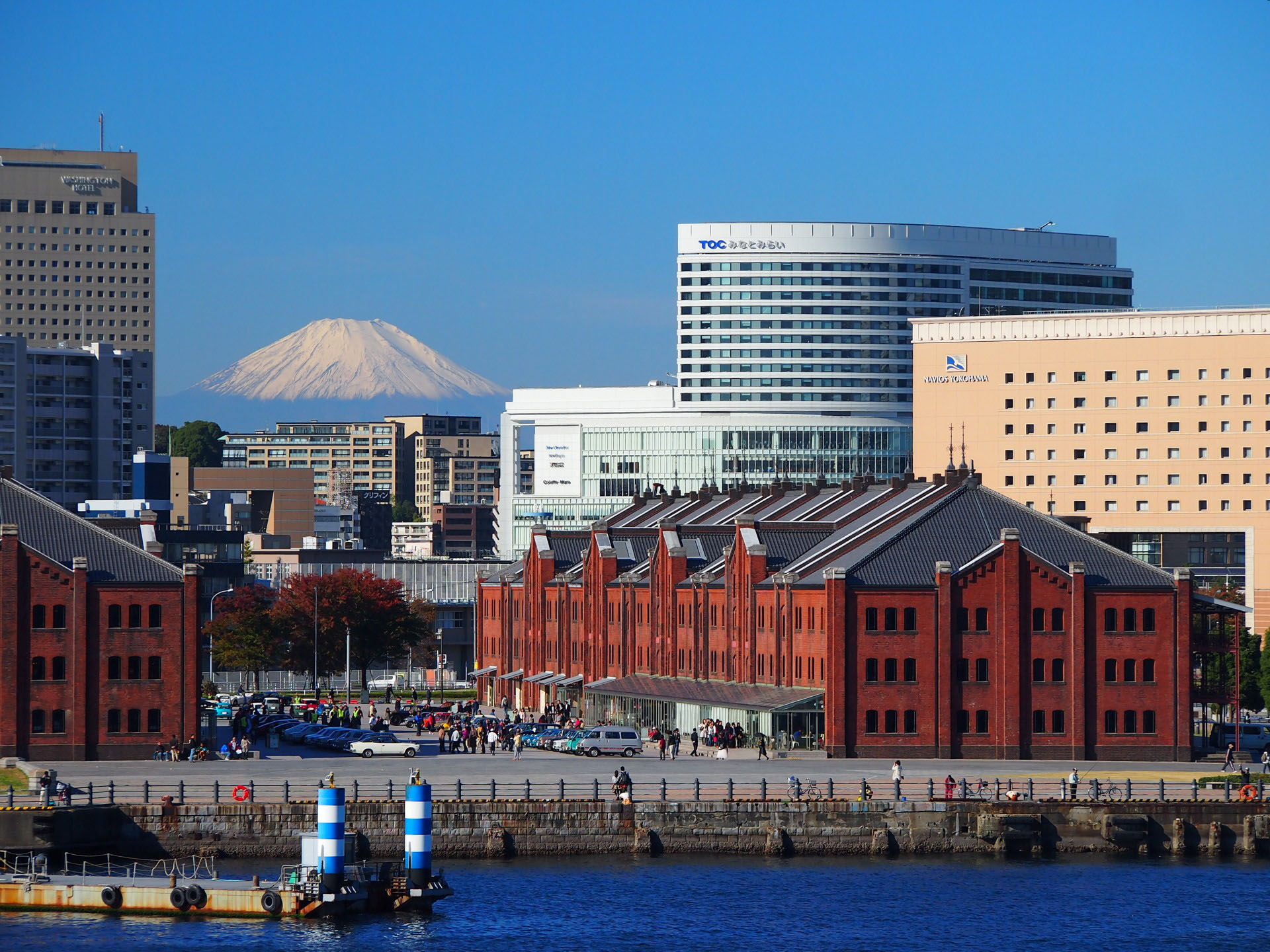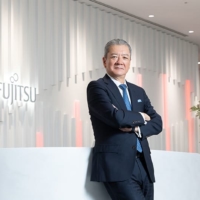When U.S. Commodore Matthew Perry sailed his fleet of "Black Ships" from America and urged Japan to open up, there was much fury and discussion as to which ports should be permitted for use by the foreigners. The original treaty between the two countries suggested the opening of Kanagawa, in addition to Nagasaki in Kyushu and Hakodate in Hokkaido. But not wanting the foreigners to be too close to the capitol of Edo (the current Tokyo), and to avoid any clashes with the Japanese locals, the Tokugawa shogunate suggested the use of Yokohama instead of Kanagawa, since Kanagawa served as an important stopover point on the Tokaido route linking Edo and Kyoto.
Despite comprising a part of the Kanagawa area, Yokohama in those days was a remote, fishermen's village with an elongated (yoko) shore (hama), roughly 50?km west of Edo. The Japanese considered that the jagged cliffs surrounding the shore would serve as ideal posts for keeping a close eye on the comings and goings of foreign ships. That is how Yokohama came to be the first port in Japan to be opened to the world in 1859, after over two centuries of the country's seclusion from the rest of the world. Since then, all things Western flooded into Japan through Yokohama, while high-quality silk, ceramics and other local goods were shipped from the port to countries around the world.
The port has continued to evolve. During much of the 20th century, the area known as Minato Mirai (literally, "harbor of the future") served as a shipbuilding dry dock. After the dockyard moved from the vast, 190-hectare area, the unique, sail-shaped InterContinental Yokohama Grand hotel and the adjacent Pacifico Yokohama conference and exhibition center were the very first buildings to be built there in 1991. While the remnants of the dockyard are preserved at the base of the Landmark Tower — also built in 1991 and still Japan's tallest building — Minato Mirai today abounds in numerous attractions, old and new, within walking distance from Pacifico Yokohama.


















With your current subscription plan you can comment on stories. However, before writing your first comment, please create a display name in the Profile section of your subscriber account page.